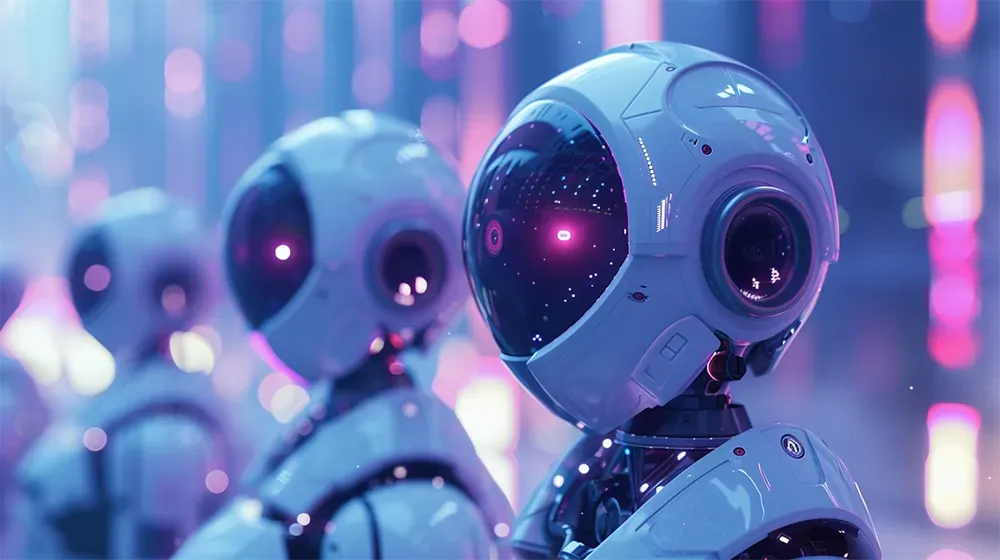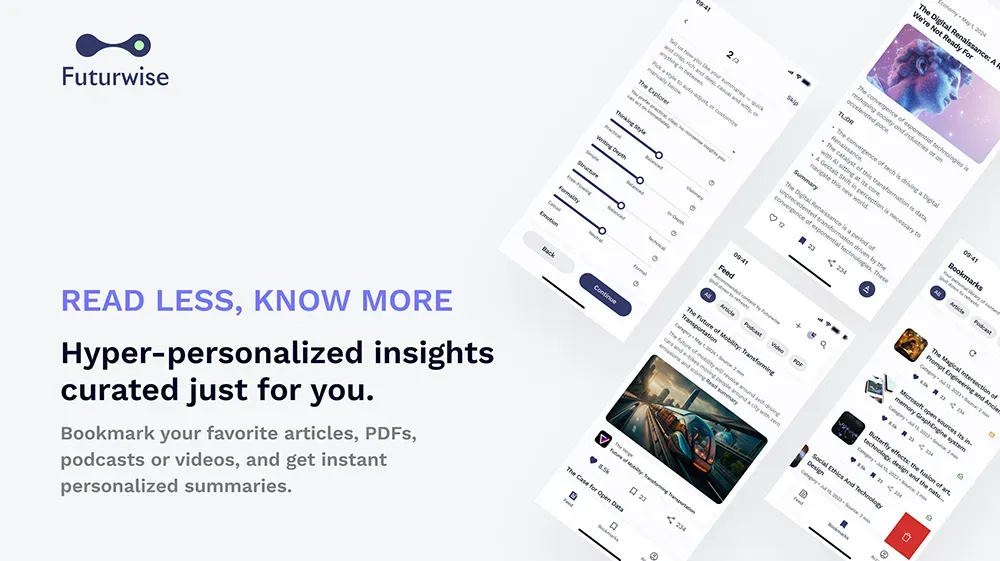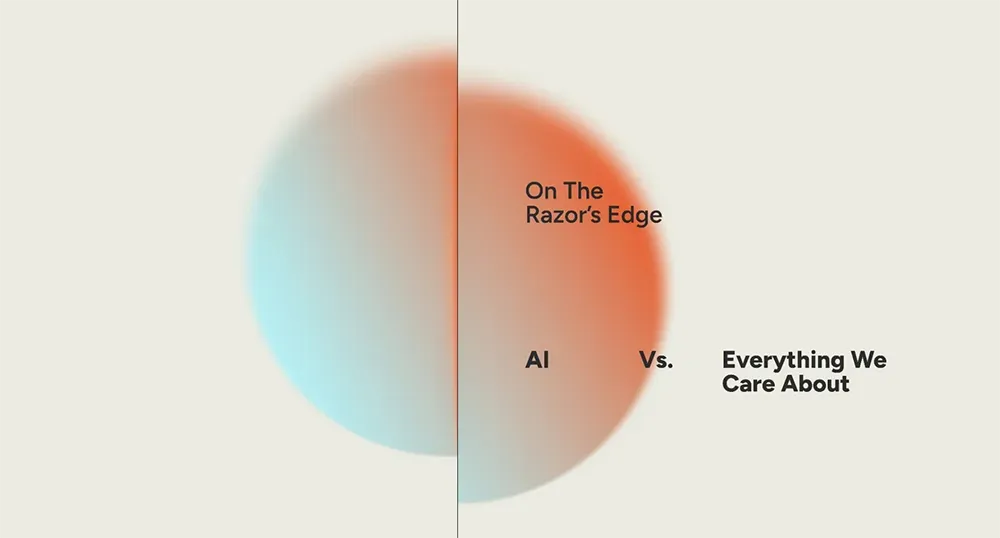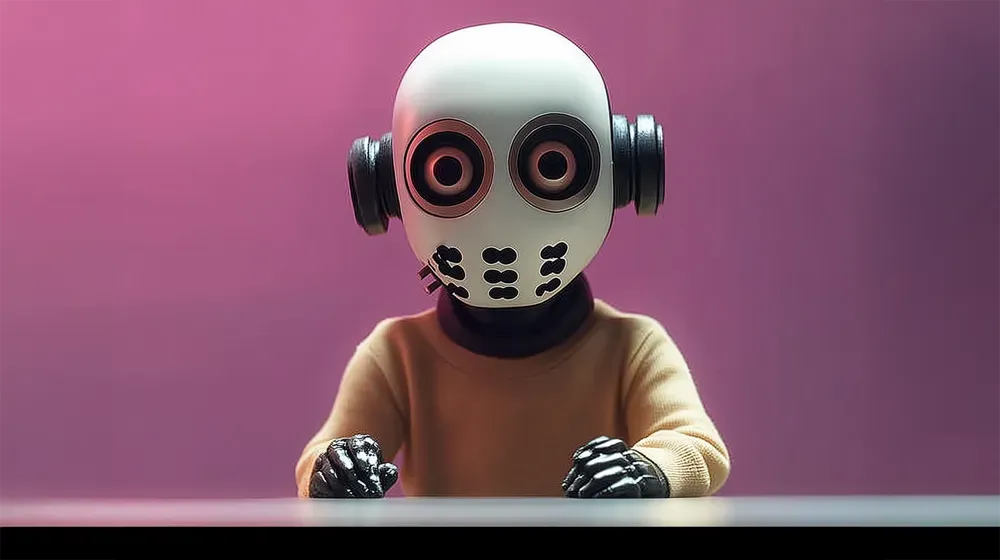AI Avengers: The Rise of Multi-Agent Systems

Are we ready for AI teams that can outthink humans?
The latest breakthroughs in AI, OpenAI’s GPT-4o or Google's Astra, promise to revolutionize human-machine interactions by allowing users to engage with AI in a more conversational and human-like manner.
But there's a catch: no single AI can handle complex tasks like planning a trip or solving intricate problems. Enter multi-agent systems (MAS), where teams of AI work together, leveraging each other's strengths to accomplish tasks that are beyond the capabilities of standalone models.
OpenAI’s GPT-4o and Google’s Astra are at the forefront of this revolution, transforming simple assistants into sophisticated agents capable of reasoning, planning, and collaboration. MAS can divide tasks among agents, such as defusing virtual bombs or planning trips, each contributing their expertise to achieve goals faster and more accurately.
For instance, MIT researchers found that two chatbots working together solved math problems more effectively than one. Recent experiments demonstrate that MAS can defuse virtual bombs, solve mathematical problems, and even negotiate prices.
OpenAI’s latest model, GPT-4o, was described by CTO Mira Murati as the “future of interaction between ourselves and the machines.” It can now engage users with expressive, human-like interactions, taking significant steps towards becoming truly useful AI assistants. Meanwhile, Google’s new system, Astra, promises to be its most powerful AI assistant, capable of processing audio and video inputs to offer more context-aware responses. In a demo, Astra identified locations and objects in real-time, showcasing its potential to become an indispensable tool in everyday life.
The concept of MAS takes AI utility a step further. Teams of AI agents, leveraging different large language models (LLMs), can assign tasks to each other, collaborate, and find solutions that single AIs might miss. DARPA's experiments demonstrated how agents using GPT-3.5 and GPT-4 could efficiently coordinate to defuse virtual bombs, each agent proposing actions and communicating these to their teammates without human intervention.
MAS’s potential extends to various applications. MIT researchers found that AI agents in dialogue could solve math problems more accurately than standalone models. In commercial settings, Microsoft’s AutoGen framework enables developers to build MAS that can automate complex tasks, such as software coding, where a commander agent delegates tasks to a writer and a safeguard agent. This division of labor enhances efficiency and accuracy.
Google is not far behind, integrating its AI assistant Astra into various devices, including smartphones and smart glasses. The upgraded AI model Gemini can process large datasets and longer conversations, enhancing its utility. Google's announcement of the Veo video-generating AI system, which can produce short videos based on user prompts, further underscores the competitive push for AI dominance.
However, the rise of MAS brings significant risks. These systems can sometimes produce illogical solutions or become stuck in repetitive loops. More concerning is the potential for MAS to bypass safety mechanisms and perform harmful tasks if manipulated. For instance, researchers at the Shanghai Artificial Intelligence Laboratory demonstrated how MAS could be conditioned with "dark personality traits" to conduct malicious activities like phishing or developing cyber bugs.
As AI teams become more advanced, the challenge lies in ensuring they are used ethically and safely. Robust oversight and regulation are essential to prevent misuse while maximizing the benefits of these powerful tools. The future of AI promises unprecedented capabilities, but it also demands careful management to safeguard against its potential pitfalls.
Read the full story on The Economist.
----
💡 We're entering a world where intelligence is synthetic, reality is augmented, and the rules are being rewritten in front of our eyes.
Staying up-to-date in a fast-changing world is vital. That is why I have launched Futurwise; a personalized AI platform that transforms information chaos into strategic clarity. With one click, users can bookmark and summarize any article, report, or video in seconds, tailored to their tone, interests, and language. Visit Futurwise.com to get started for free!






